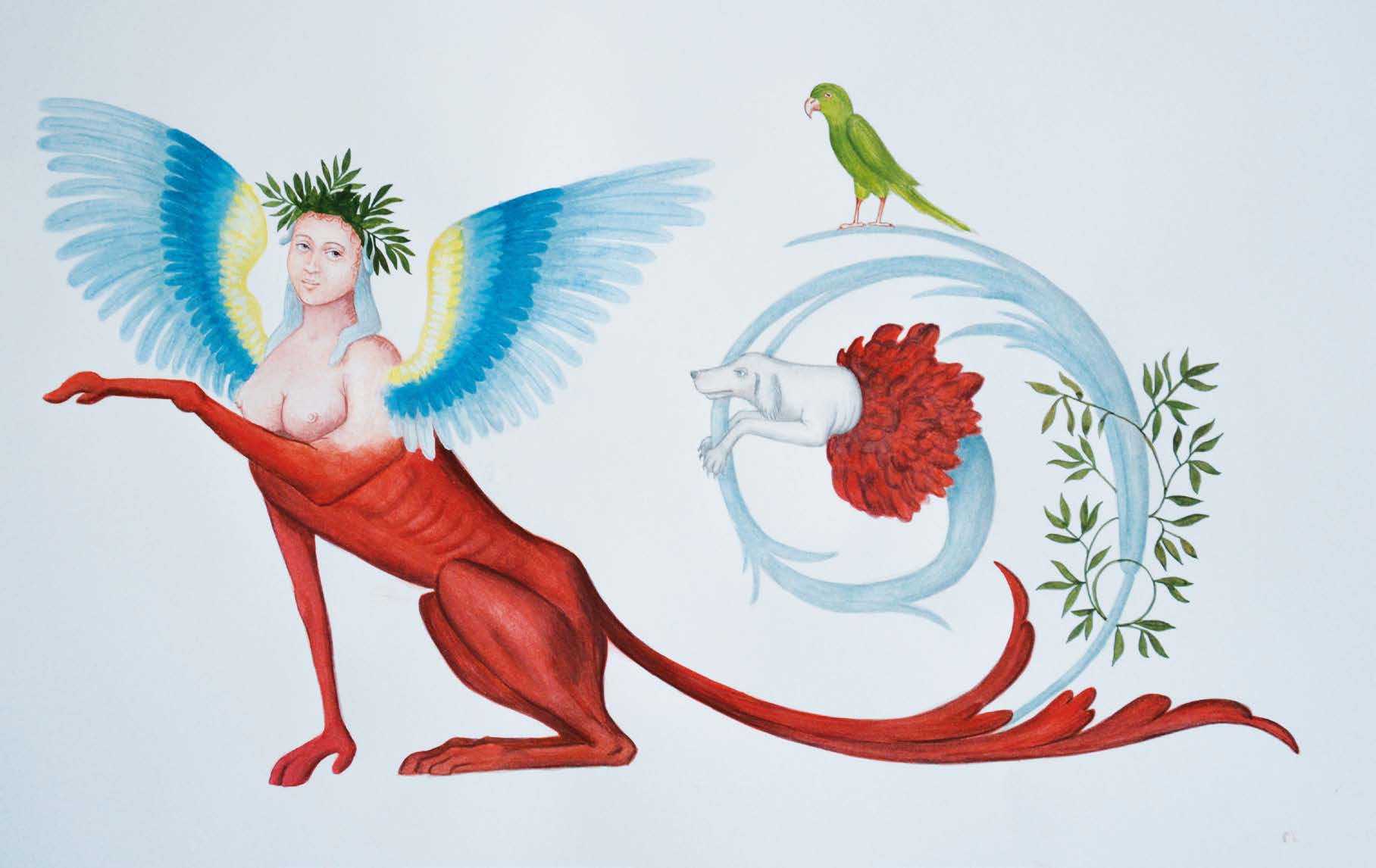Mysteries of "Torre Guevara"

Despite my century old Ischitan roots, I was unaware of the tower of Sant’Anna. Giorgio Brandi much appreciated the tower and promoted early restorations and prestigious exhibitions organised by the Circolo Sadoul including an exhibition in honour of Arnaldo Pomodoro, one of the most famous and appreciated living sculptors, commemorating 50 years of production, in the grounds of a tower dear to his heart.
As an Ischitan I was surprised, and still am, for the little valuation which has been given to the most important monument of the island (after the Aragonese Castle, which is privately owned).
Each time that, in the occasion of an event, the doors of the tower are opened to the public, it is visited by many, and all are astonished by the wonders of the tower and even more perplexed by the un-programmed opening times.
Visitor comments (in roughly 15 languages) written in the guestbook express gratitude and enthusiasm for the enhancement the Circle Sadoul has been pursuing since 1991.
A turning point after years of negligence and decline occurred in the convention signed between the Circolo Sadoul, the Faculty of Conservation and Restoration of the wall paintings and architectural surfaces of the University of Dresden which deals with the restorations, the Superintendence and the local Council. Thanks to the passionate work of a team of German experts led by Professor Thomas Danzl, many studies have taken place, leading to the removal of approximately twenty layers of paint covering the murals in a first floor room of the tower.
The Guevara family, had commissioned the building and the below “garden of delights” embellishing it with the most fashionable sixteenth century ornaments, and were in residence from its origins to the mid 1800s, until an ill advised council decision allowed for the positioning of a cholera cemetery almost beneath the windows of the tower of the Duke Guevara of Bovino, causing the indignation of the family and the immediate abandonment of the tower.
Following four years of restoration the crests of the family, grotesque decorations of Flemish (beloved by Alfonso the Magnanimous and then by Philip II of Spain) and unusual scenes requiring research, have appeared after the removal of overlapping layers painted over the original murals (preserved intact in the adjacent room).
It could be said with sufficient certainty that a scene depicting a fight against the Moors, represents a very important thirteenth century battle of which a similar framework is on display in the Madrid Senate and broken chains discovered in the murals in the tower are still present on the Spanish flag.
A second scene has been much more complicated to decipher: it represented a maniple of knights and two nobles embracing. Namely “Guidone, son of the Duke” and “Duke de Bretagne”. The discovery of this painting, however, documented in a video posted on the web, was astonishing.
Firstly, as the name Guidone is not listed in any genealogy of the family, and secondly because the reference to Britain was previously unknown. A long research on Spanish and Italian medieval texts began and it was discovered that Guevara boasted descent from a British knight. All Spanish authors, however, reported a different name from that found in the tower and contacts with Basque scholars did not provide any information regarding this Guidone.
Finally the name appeared in a text of the seventeenth century written by a Neapolitan journalist, regarding a relative of Guevara which especially leads to the understanding that – by this scene - the family wanted to show their ancestry with Orlando, the Paladin relative of Charlemagne, and also connect to the lineage of the Emperor Charles V. This information deriving from the tower murals, has proved to be extremely important for Italian and Spanish genealogists.
There was, however, a problem to solve: it had to be discovered the reason the murals had been over painted in layers of new decorations, in one room and not in the other which holds an important scene portraying a hero marring a virgin riding on a unicorn and another showing charming representation of Ischia the Renaissance Époque.
I had imagined that the layer of lime which had erased the precious decorations in the hall had been applied for hygienical reasons (in fact lime was used to sterilized environments following deaths of a family due to the plague or other serious illness).
Following many tests, conducted by a group of German specialists, the idea was discarded and it was discovered who was responsible for ordering the removal of crests and memories of Guevara family.
The order, almost certainly came from Andrea d’Avalos Prince of Montesarchio, the husband of a sister of Guevara the fourth Duke of Bovino.
Andrea was accused of having allowed the occupation of Procida by the French and was put on trial by the Viceroy Guevara Duke of Ognate.
Accomplices of the prince were condemned to death by the Viceroy, and a Royal pardon given to Andrea allowing him to escape the gallows and exile to Spain. Considering that the paintings discovered were all in honour of Guevara, and in particular the Dukes of Ognate, the grievance felt by the prince having the glorification of he who seeked his death, clearly visible in his home is understandable.
The prince’s daughter married another Duke of Guevara and the tower returned to the family, which continues to reveal unexpected news and - personally - new headaches to decipher the mysteries that are continually brought to light.
Therefore members of the Circolo di Sadoul and the University of Dresden – will continue to try to return the tower to its ancient splendour: an obligation to fellow citizens and tourists eager to find new reasons to love the island of Ischia.
By Rosario de Laurentiis

































